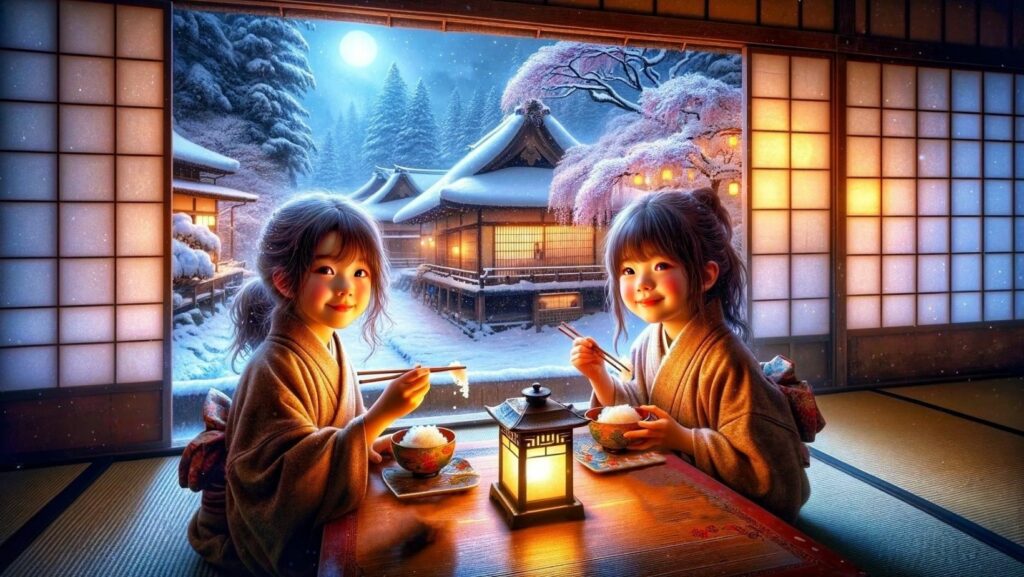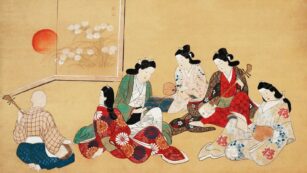Anime, a vibrant and diverse form of entertainment, holds a significant place in Japanese culture. Originating in the early 20th century, it’s evolved into a global phenomenon, captivating audiences with its unique storytelling, artistic expression, and cultural depth. Anime isn’t just a form of entertainment; it’s a reflection of Japan’s values, traditions, and societal issues, often exploring themes like friendship, perseverance, and the balance between modernity and tradition.
In Japan, anime serves as a cultural ambassador, bridging the gap between generations and connecting people worldwide to Japanese customs and philosophies. It’s a medium where creators can express creativity and innovation, often drawing inspiration from historical events, folklore, and contemporary life. As anime continues to gain international acclaim, its role in promoting Japanese culture becomes even more vital, offering a window into the heart and soul of Japan.
Why Is Anime Important To Japanese Culture
Anime plays a pivotal role in Japan’s cultural landscape, representing a unique blend of creativity and tradition. It offers insights into Japanese society and its evolving values.
Anime’s origins date back to the early 20th century when filmmakers experimented with animation. The release of works like “Astro Boy” in the 1960s marked a turning point, showcasing far-reaching themes wrapped in imaginative storytelling. Over the decades, anime evolved, incorporating diverse styles and genres that reflect Japan’s changing societal norms. Influential series like “Naruto” and “One Piece” blend cultural mythology and modern themes, illustrating Japan’s ongoing dialogue between past and present.
Cultural Impact of Anime
Anime holds significant cultural value in Japan, reflecting and shaping artistic expressions and societal norms. Its influence extends beyond national
borders, contributing to the global cultural landscape.
Anime has deeply influenced Japanese art and literature. Artists often draw inspiration from anime’s unique visual style and storytelling techniques, blending traditional Japanese art forms with contemporary innovation. Iconic works like Studio Ghibli films have inspired an entire generation of artists, leading to new artistic movements. In literature, manga and light novels frequently explore complex narratives and character development, often paralleling anime story arcs. This integration has enriched Japanese literary tradition, bridging the gap between visual media and classic storytelling.
Globally, anime’s influence continues to grow, driving significant market expansion. Japanese anime has garnered an extensive international fanbase, prompting cultural exchanges and collaborations between countries. Streaming services like Crunchyroll and Netflix have capitalized on this demand, licensing popular series and introducing them to new audiences. As a result, anime conventions, merchandise, and related industries have flourished, contributing to Japan’s economy. The global popularity of series like “Dragon Ball” and “Attack on Titan” highlights anime’s capacity to transcend cultural boundaries, making it a central component of pop culture worldwide.
Social Influence of Anime in Japan
Anime significantly impacts Japanese society by shaping norms and behaviors while offering a platform for dialogue on various issues.
Bridging Generational Gaps
Anime connects different generations by incorporating universal themes like family and perseverance. Shows such as “My Neighbor Totoro” and “Spirited Away” resonate with both young and old audiences, solidifying common cultural touchpoints. Festivals and events dedicated to anime offer opportunities for shared experiences, further narrowing generational divides. Through these interactions, anime fosters an ongoing conversation about societal values, ensuring cultural continuity.
Language and Cultural Education
Anime serves as an engaging medium for language and cultural learning. Many viewers outside Japan learn Japanese phrases and vocabulary through repeated exposure to dialogues in shows. Series like “Sailor Moon” and “Detective Conan” incorporate everyday scenarios, teaching viewers conversational language in a natural context. Additionally, anime showcases Japanese festivals, customs, and traditions, offering a glimpse into the nation’s cultural heritage. Through programs like “Natsume’s Book of Friends,” audiences experience folklore and mythologies interwoven with modern storytelling.
Anime frequently addresses social issues, enabling viewers to engage with contemporary challenges. Shows like “Neon Genesis Evangelion” explore psychological struggles and identity, while “Anohana: The Flower We Saw That Day” delves into themes of grief and reconciliation. These narratives confront real-world issues, promoting empathy and understanding. By tackling topics such as environmental concerns, gender roles, and mental health, anime encourages discussions and raises awareness, contributing to broader societal dialogues.




